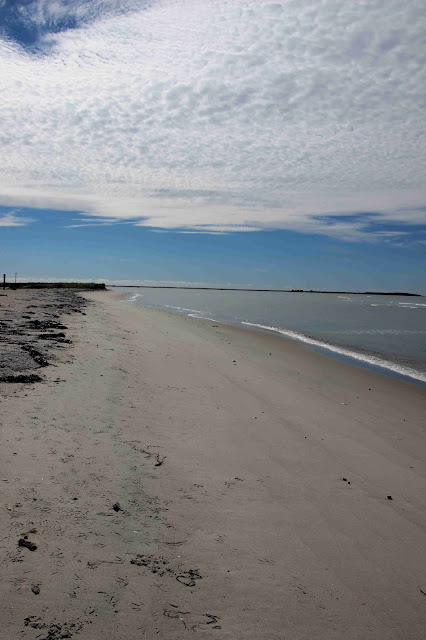By Beth Sullivan
We walk, hike, wander,
or stroll. Sometimes we jog or even run. But when we are out on the
preserves we rarely SIT. There are a few nicely located logs or
rocks here or there. We are all a little suspicious of sitting in the
grass, at least during tick season. We initiated Hike and Seek as an
opportunity to explore more deeply and seek out certain sights and
features on the preserves, but there is no-where to stop, pull out
the smart phone, to look up your targets or post a find.
So, we asked for some
help.
I am thrilled, and very
grateful, to announce two grants from two local organizations, which
have allowed us to buy materials for benches.
A grant from the Rotary Club of the Stoningtons
The Rotary Club of the
Stoningtons was the first to make a donation. With their grant, we
purchased enough materials for three seats with backs, and two
benches. Thanks to volunteer and BOD member Dick Conant, who had the
carpentry skills and a great design, to make these benches
attractive and sturdy.
On a truly hot and
miserably humid day, Dick, along with volunteers John Clarke and
Jim Sulllivan installed several of them. No easy feat to carry them
into the designated spots, and even a greater challenge to dig the
holes deep enough in STONE-ington to get them permanently set in with
cement. The cement and water needed to be hauled in as well.
 |
| This seat a Knox Preserve allows views in two directions. |
 |
| You can view the cove and water's edge, or |
 |
| turn and look down the inviting trail. |
By the end of the
morning, Knox Preserve had places to sit. One is by the water’s
edge where you can view in either direction, out to the water to
watch for egrets, or down the main trail where a quiet observer can
spot deer and rabbits and an occasional fox. The other spot is high
on the knoll and it overlooks the beach across the tracks and also
has a wide view of the fields with bird houses and masses of wild
flowers in the fall. A great spot for kids: if you pump your arm at
the train, the conductor will blow his horn for you.
 |
| From this bench on the hill at Knox Preserve, |
 |
| you can enjoy the beautiful colors of the field below, |
 |
| while your child (or you) awaits the train. |
The other bench
installed that day was at the pretty little Simmons Preserve on North
Main Street. We located that one so it overlooks the quiet cove. No
one would ever get tired walking around Simmons, but it is a great
place to sit peacefully and meditate on the serenity of the
surroundings.
We plan to put one on
the Pequotsepos Brook Preserve overlooking the pretty pond. Maybe we
will see if we can set one at Dodge Paddock for those of us who can’t
quite get down on the rocks to sit and enjoy the changing ocean
views.
The Mystic Women's Club helps too
A
second grant came from the Mystic Women’s Club and once again, Dick
is building seats for us. We have a few more spots we would like to
see them, maybe along a running stream or overlooking a meadow. Do
you have a favorite spot where you think a bench would be perfect?
Let us know.
A bronze plaque,
acknowledging the donors, will be applied to each bench. The plaques
themselves were donated by a friend of Avalonia here in Stonington.
If you know members of
these clubs, please take the time to thank them, and let them know
you appreciate having a place to stop and sit and reflect on some of
the beautiful spots along Avalonia Trails.
 |
| At Simmons Preserve, enjoy a view of the peaceful cove. |
Photographs by Beth
Sullivan.




























